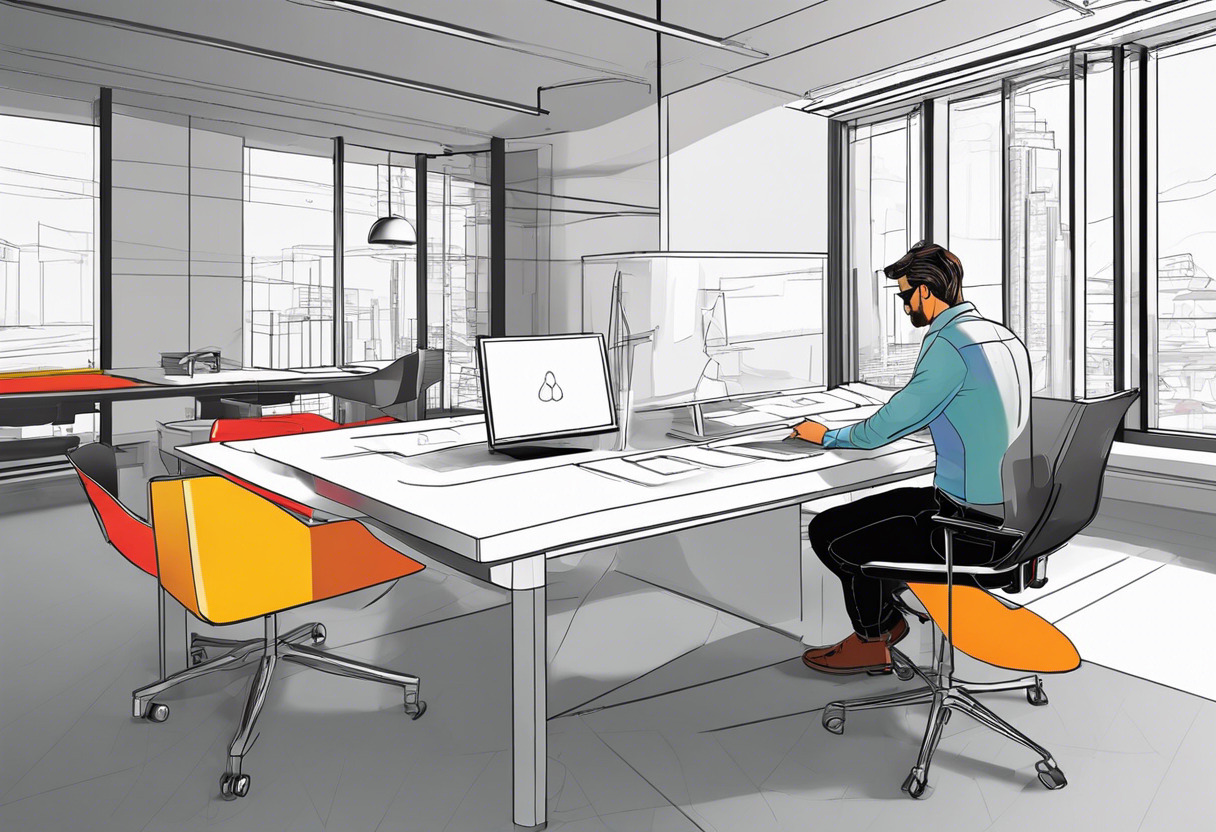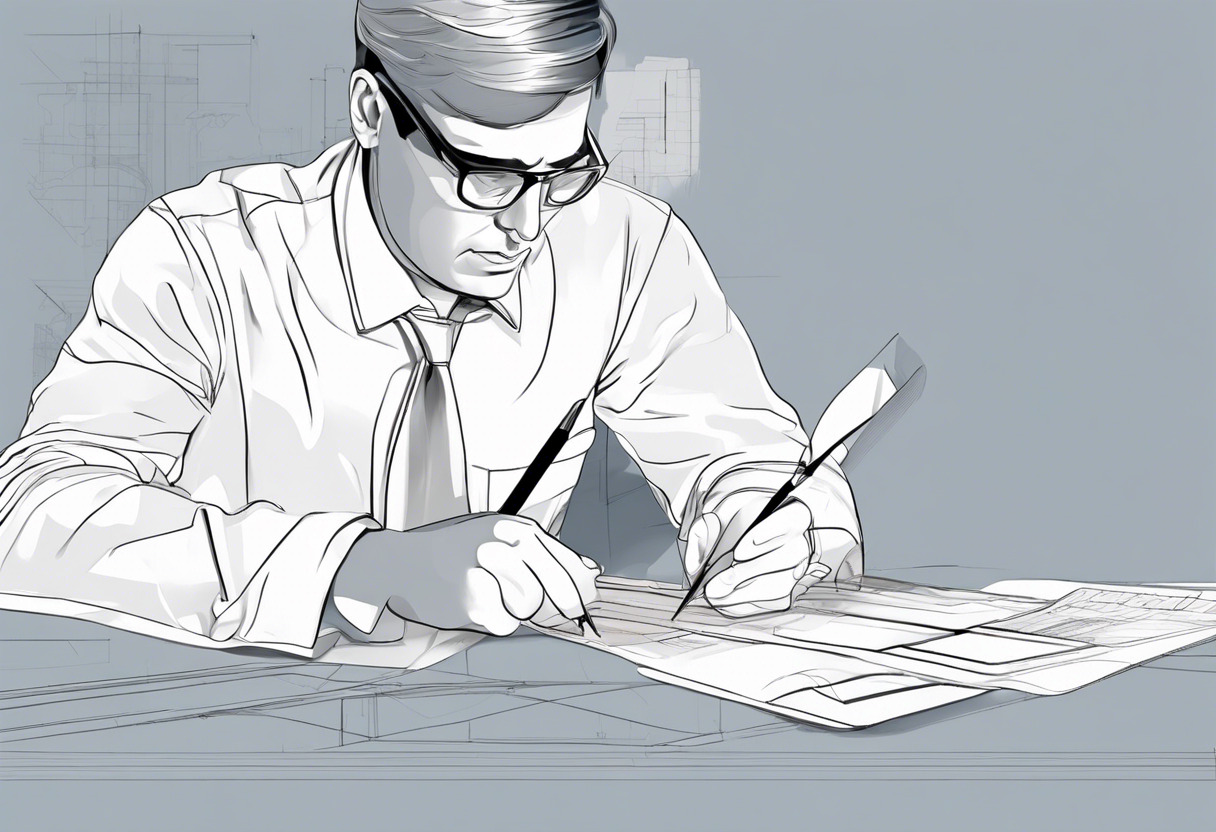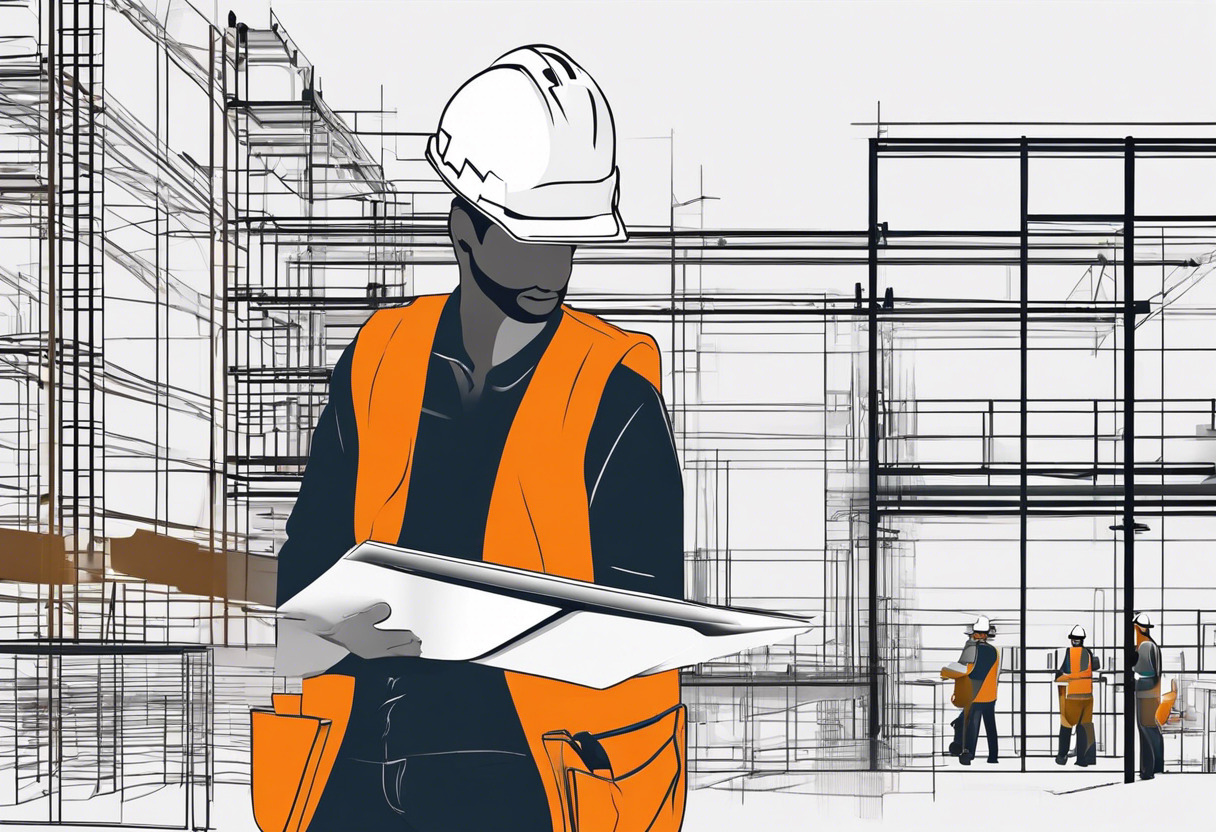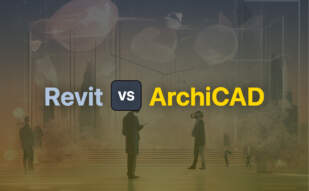For multidimensional construction projects, Revit, with its parametric and 4D building information modeling, surpasses AutoCAD. However, AutoCAD excels for precise 2D and 3D drafting, making it suitable for diverse industries beyond construction.

Key Differences Between Revit and AutoCAD
- Revit specializes in CAD building information modeling, while AutoCAD focuses on 2D and 3D drafting.
- Revit’s automation allows model updates with changes, AutoCAD enables customization via APIs.
- Revit offers interoperability with Autodesk’s suite, AutoCAD integrates with numerous applications.
- Revit facilitates multi-user model work and remote access, whilst AutoCAD tracks design evolution through version history.
| Comparison | Revit | AutoCAD |
|---|---|---|
| Initial Release | April 5, 2000 | December 1982 |
| Developed by | Autodesk | Autodesk |
| Main Use | CAD building information modeling | CAD and drafting (2D, 3D) |
| Target Users | Architects, Engineers, Designers, Contractors | Architects, Project Managers, Animators, Engineers |
| Key Features | 3D Design Components, 4D Building Information Modeling, Parametric Modeling | Customization and Automation through APIs, Creation of vertical products |
| Market Standing | Significant Player in BIM market, 50% use for 3D modeling workflows | Most widely used design application as of 1986 |
| Sustainability Tools | Energy Analysis tools | Environmentally friendly construction |
| Interoperability | With other Autodesk software, VR settings | Integrates with 3D Max, Other Applications |
| Pricing | Subscription Model ($25 – $120 / month) | Subscription Model (Price varies) |
What Is Revit and Who’s It For?
Revit is a powerhouse software application developed by Autodesk. Released on April 5, 2000, this Computer-Aided Design (CAD) tool is used for building information modeling. It was purposefully designed with architects, landscape architects, engineers (structural, electrical, plumbing), designers, and contractors in mind.
Renowned for its ability to design components in 3D and for offering 2D drafting elements for model annotation, Revit also provides database access for building information. It uses parametric modeling to create lifelike 3D models, instrumental in the construction sector.

Pros of Revit
- Supports 4D building information modeling for tracking various building lifecycle stages.
- 73% of industry professionals use some form of BIM software, with 50% opting for Revit for 3D modeling workflows.
- Enables collaboration with multidisciplinary teams and supports multi-user model work.
- Revit offers Energy Analysis, rendering Presentation tools, and construction documentation generation.
- Subscription models with cloud-based access available, enabling remote work.
Cons of Revit
- Pricing can range between $25 and $120 per month depending on the plan.
- Competition from other BIM software like Tekla Structures, Trimble, Bentley Systems, Nemetschek Group.
What Is AutoCAD and Who’s It For?
AutoCAD, another product from Autodesk’s robust lineup, is a critical computer-aided design (CAD) and drafting application capable of producing 2D and 3D drawings. Introduced in 1982 as the first CAD system for PCs, it enables professionals to produce precise technical designs quickly and accurately. AutoCAD is intended largely for architects, project managers, animators, and engineers.
AutoCAD’s impressive evolution over the years can be attributed in part to its ability to support Application Programming Interfaces (APIs) for customization and the creation of vertical products. AutoCAD occurs in several variants including AutoCAD Architecture, AutoCAD Electrical, AutoCAD Civil 3D, etc., to address specific industry needs.

Pros of AutoCAD
- Generates high-quality content using its 3D animation software.
- Capable of producing designs for a wide range of industries, from aerospace to fashion.
- Supports a plethora of file formats, facilitating collaboration across various platforms and tools.
- Offers drawing and version history, valuable for monitoring design evolution.
Cons of AutoCAD
- Subscription pricing, introduced in 2016, may prove hefty for some users.
- Command structure, while robust, may be daunting for beginners.
The Final Breakdown: Revit vs AutoCAD
Architectural design and construction technologies, Revit and AutoCAD, compared, with clear winners in specific audience sectors.
Architects and Landscape Architects
Revit, with its advanced 4D building information modeling, is the go-to solution for architects and landscape architects. Value-added features like 3D modeling, design lifecycle tracking, and sustainable design analysis assure strategic advantages in architectural design.

Structural, Electrical, Plumbing Engineers
AutoCAD stands unmatched for engineers owing to its extensive API support, technical accuracy, and speed of design calculations. It also boasts compatibility with 3D printers, making it the better choice for rapid prototype production and hands-on engineering workflows.

Designers and Contractors
Both technical and practical requirements of designers and contractors are well served by Revit’s 2D drafting and versatile 3D modeling tools. Additionally, its collaboration facilitation with teams and access to large material libraries gives it the upper hand.

Software Developers
AutoCAD shines for developers thanks to its extensive API customization capabilities. Users can streamline workflows, enhancing the software’s serviceability for industry-specific applications. AutoCAD’s simplicity and flexibility make it a strong choice for complex software development.

In the dual between Revit and AutoCAD, both have unique virtues. With Revit’s advanced architectural capabilities, it’s the top pick for designers, whereas AutoCAD’s technical precision makes it the first choice for engineers and developers.
Logan Bellbrook
Content writer @ Aircada with a knack for nature & AR/VR/XR. Blogging the intersection of tech & terrain.





